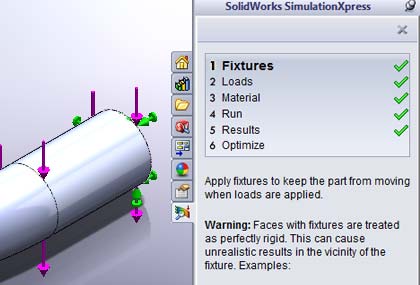
PhotoView 360 is designed to be a mainstream tool for rendering SolidWorks models. Both PhotoView 360 and PhotoWorks are based on Luxology technology.
SOLIDWORKS 2010 RENDER SOFTWARE
It is the replacement to PhotoWorks, the rendering software of older versions. For more, watch the video below and read my “ Early Looks at SolidWorks 2011 Premium Beta. SolidWorks PhotoView 360 was first introduced in SolidWorks 2010, released in 2009. This entry is based on my experience with SolidWorks 2011 Pre-release 1 code. Otherwise, your model may not appear in correct proportion to the rest of the scene. But when your model appears next to another object that’s part of the background (a tabletop lamp or a window, for example), you’ll wish you can resize the environment. It may not make a difference if you’re rendering your model against a nondescript backdrop (like a studio with checkered floor or a wooden surface). Whereas you can rotate your environment (via the Advance tab in the Scene editing pane), you have no easy way to scale or resize the environment. It may be possible to apply a decal to the assembly if the entire assembly is made up of simple geometry, but in most cases your decal won’t look right unless you apply it at the part level. You should, however, apply decal to an individual part rather than an assembly. Resizing, stretching, and positioning decals on your model is fairly easy. The same drag-and-drop method also works for decals. Ideally, your modeling viewport should serve as the preview window for your rendering. You still need to launch the preview window to see the effects of your materials on your model.
SOLIDWORKS 2010 RENDER FULL
However, the way it works in SolidWorks 2011 is still a few degrees shy of a full integration. You can open up its rendering menu, then start dragging and dropping materials and environments into your SolidWorks model. As you apply the material to an area, you’ll be given the option to apply it to a surface, a feature, or the entire subassembly.Īs a CAD-integrated rendering program, PhotoView is quite efficient. Its drag-and-drop interface is simple and straightforward. If you’ve ever dabbled in rendering, you’d have no problem figuring out how PhotoView works.

You may also choose to launch PhotoView every time SolidWorks starts, but this is bound to increase your program load time, so I’d recommend launching the program only when you’re ready to produce a rendering. Lots of users noted the integration of PhotoView 360 into SolidWorks 2011 slowed the. PhotoView is accessible through the SolidWorks Add-In menu. First up we see some great speed enhancements in the render preview. In the next release, SolidWorks drops PhotoWorks, replacing it with PhotoView 360.

Since most mid-range CAD programs are almost neck to neck in geometry creation (let’s save the history-versus-direct debate for the next bout), they’re now taking their duel to another arena: visualization.


 0 kommentar(er)
0 kommentar(er)
